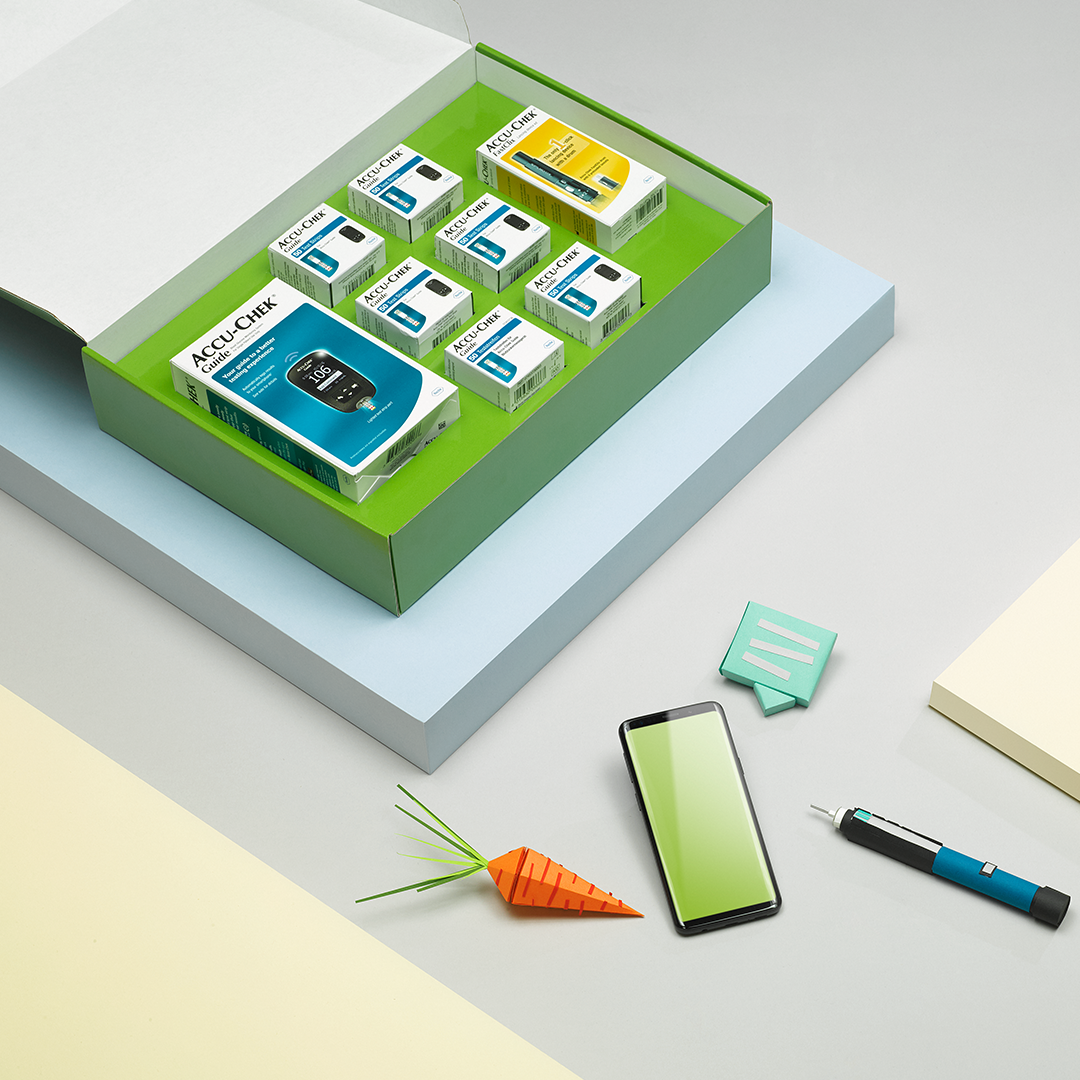Hypos are no fun. They drive us all woozy and wonky until our BGs come back to normal. In some cases, we even need help by our loved ones or even emergency staff. In this case, we speak of a severe hypo.
Logic and empathy
A hypo occurs when your blood glucose level drops too low and you don’t have enough fuel (simple carbs) for the body and brain. This happens when blood glucose levels drop below 70 mg/dl - usually because we shoot too much insulin or miscalculate what we’ll be up to later on. The brain then winds down and stops fueling its lesser needed parts – functions such as logic and empathy are often the first to go. The brain is a fascinating organ and slowly adapts to this new situation. So other parts of our brain take over and, in theory, we can still do things, just slower. But God knows if I could really write a decent article at 30 mg/dl!Oh, the stories...
I could tell so many stories about hypos! Being arrested in the Sistine Chapel (the guards thought I was on drugs), or regaining consciousness after a bad one encircled by a hundred Thai people somewhere outside of Bangkok, or falling into a bush of stinging nettles when passing out. I could also tell stories of an old girlfriend being scared to tears, or of my parents crying while their son was taken to the hospital, or of classmates shock at the sight of the ambulance picking up their friend… In short, hypos suck and should honestly be our main enemy.mySugr and hypo research
In February, our research partner from ProSciento reported some pretty astounding effects of using mySugr. Among people with an increased A1c, simply logging therapy data actually helps! A1cs and many other numbers which are important to us dropped quite a bit1. At the 77th ADA Scientific Session in San Diego, more is shared – this time on the effect among people with a higher risk of hypoglycemia. They can see fantastic effects after using mySugr for six months. The people included had an increased Low Blood Glucose Index (LBGI), which measures both the frequency and severity of hypos. It is also very good at predicting the future occurrence of severe hypos 2,3. People with an increased LBGI experience a drop in LBGI of more than 17.4%, even if they are in pretty good control to start! This is fantastic news. If you’re up for some light reading, feel free to download the poster here, or read the abstract.Not to mention
A severe hypo costs the health care system around €2,000 on average. If the hypo ends with a trip to the hospital we land at around €8,0004,5,6,7,8. Severe hypos have been shown to happen around 11.5-11.8 times per 100 patient years9. That means that if you observe 10 people with T1D for 10 years, you observe 100 patient years, and together these 10 people had around 11 of these events. And the resulting total costs are crazy. In Germany alone, we land at around 500 Million Euros per year, just for treating severe hypos. In the US, the bill stands at $1.9 Billion. That’s B for billion. Per year. It seems mySugr could have an effect here and we are super excited to explore this further with the pro’s over in San Diego. Don't forget to check out the first chapter of this article here: [embed]/en/blog/using-mysugr-help/[/embed] If you are keen to read more about these subjects, take a look at these papers on severe hypos, how often they happen, and also what on earth LBGI stands for:- Hompesch M, Kalcher K, Debong F, Morrow L. Significant Improvement of Blood Glucose Control in a High Risk Population of Type 1 Diabetes Using a Mobile Health App – A Retrospective Observational Study. DTT. 2017;64(suppl 1):2337. doi:10.2337/dc08-0878.4.
- Kovatchev BP, Straume M, Cox DJ, Farhy LS. Risk Analysis of Blood Glucose Data: A Quantitative Approach to Optimizing the Control of Insulin Dependent Diabetes. Comput Math Methods Med. 2000;3(1):1-10. doi:10.1080/10273660008833060.
- Kovatchev BP, Cox DJ, Gonder-Frederick LA, Clarke W. Symmetrization of the Blood Glucose Measurement Scale and Its Applications. Diabetes Care. 1997;20(11):1655-1658. doi:10.2337/diacare.20.11.1655.
- Parekh WA, Ashley D, Chubb B, Gillies H, Evans M. Approach to assessing the economic impact of insulin-related hypoglycaemia using the novel Local Impact of Hypoglycaemia Tool. Diabet Med. 2015;32(9):1156-1166. doi:10.1111/dme.12771. ↩︎
- Hammer M, Lammert M, Mejías SM, Kern W, Frier BM. Costs of managing severe hypoglycaemia in three European countries. J Med Econ. 2009;12(4):281-290. doi:10.3111/13696990903336597. ↩︎
- Jönsson L, Bolinder B, Lundkvist J. Cost of hypoglycemia in patients with type 2 diabetes in Sweden. Value Heal. 2006;9(3):193-198. doi:10.1111/j.1524-4733.2006.00100.x. ↩︎
- Veronese G, Marchesini G, Forlani G, et al. Costs associated with emergency care and hospitalization for severe hypoglycemia. Nutr Metab Cardiovasc Dis. 2016;26(4):345-351. doi:10.1016/j.numecd.2016.01.007. ↩︎
- Parekh WA, Ashley D, Chubb B, Gillies H, Evans M. Approach to assessing the economic impact of insulin-related hypoglycaemia using the novel Local Impact of Hypoglycaemia Tool. Diabet Med. 2015;32(9):1156-1166. doi:10.1111/dme.12771. ↩︎
- Leese GP, Wang J, Broomhall J, et al. Frequency of Severe Hypoglycemia. Diabetes Care. 2003;26(4):1176-1180. doi:10.2337/diacare.26.4.1176. ↩︎
The mySugr website does not provide medical or legal advice. mySugr blog articles are not scientific articles, but intended for informational purposes only.
Medical or nutritional information on the mySugr website is not intended to replace professional medical advice, diagnosis or treatment. Always consult a physician or health care provider with any questions you may have regarding a medical condition.





